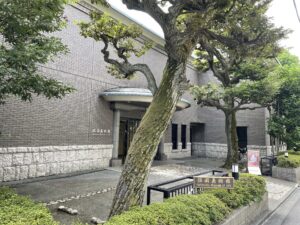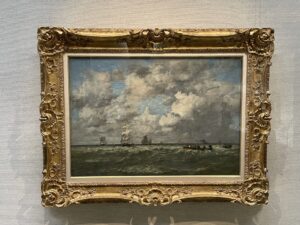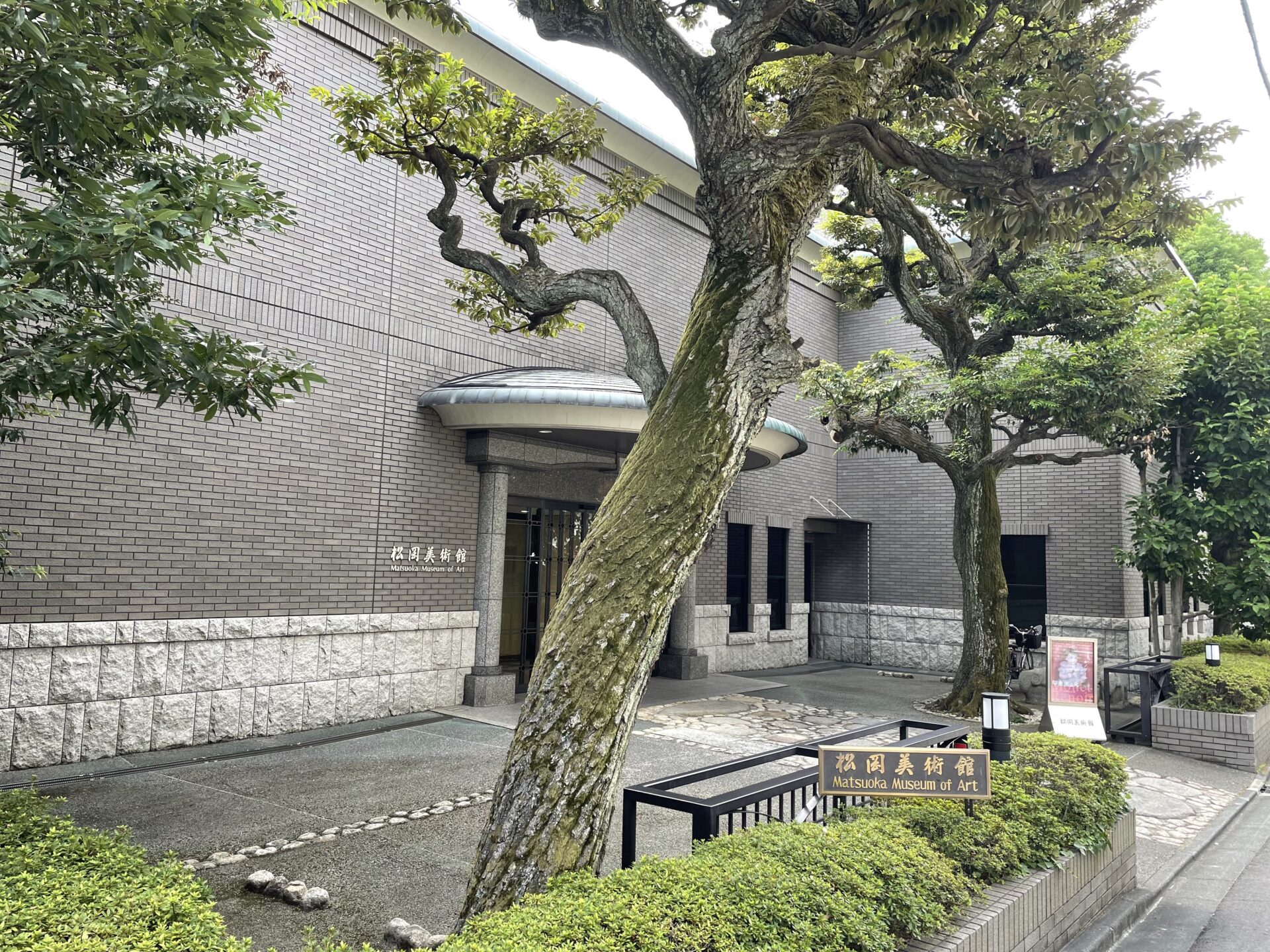September 1, 2023 is the 100th anniversary of the Great Kanto Earthquake.
Even though it’s September, it’s still hot. This summer (2023) is unusually hot. According to Weather News, “The summer of 2023 was overwhelmingly hot, far exceeding the record high.”
It seems that the effects of global warming have finally reached the point where they threaten our lives.
Under this circumstance, I’m worried about power outages.
If the power goes out, air conditioners won’t work, and many people will die from heatstroke.
Fortunately, there have been no power outages in Tokyo, where I live, and I have heard that the request to conserve electricity has recently ended.
However, what would happen if a major earthquake were to occur and power transmission lines were damaged, resulting in a large-scale power outage?
One hundred years ago, the Great Kanto Earthquake occurred at 11:58 on September 1, 1923, and many people died in the fire. The number of dead and missing is said to be as high as 105,000.
Some World’s Fairs were held to commemorate the recovery from the great fire and earthquake (commemorating the recovery from the great fire: 1893 Chicago World’s Fair; commemorating the recovery from the great earthquake and fire: the 1915 San Francisco-Panama-Pacific World’s Fair) .
If possible, I wouldn’t want to hold such a World Expo.
Meanwhile, the author and the assistant No. 0, who always try to use public transportation in order to slow down global warming, purchased a one-day bus ticket (500 yen) and took the bus. We headed to the Matsuoka Museum of Art in Shirokanedai, Tokyo.

松岡美術館
Matsuoka Museum of Art
It is just a 2-minute walk from the “Todai Iken Hospital Nishimon” bus stop on the Tokyo Metropolitan Bus.
Matsuoka Museum of Art
The Matsuoka Museum of Art is an art museum that displays the works of art collected by businessman Matsuoka Seijiro (1894-1989). It opened in Shinbashi, Minato-ku, Tokyo in 1975, but since 2000, a new art museum has been completed on the site in Shirokanedai, Minato-ku, where his house was located, and it has moved there.
On the first floor, there are rooms devoted to ancient Oriental art, contemporary sculptures by artists such as Henry Moore, and ancient Oriental sculptures. In addition, there is a “special exhibition space,” and the “Edo Ceramics Old Imari Exhibition” is currently being held. (June 20, 2023 – October 9, 2023)
Both exhibits are worth seeing. Old Imari and other varieties were exported to the West in the 19th century and became popular. They were also exhibited at the World Expos.
Perhaps the items on display this time may include such valuable items.
With these thoughts in mind, I finally headed to the second floor.
On the second floor, the exhibition “Monet, Renoir – Light of Impressionists” is being held, which is the purpose of this visit. (June 20, 2023 – October 9, 2023)
The name says Monet and Renoir, so I went there thinking that I would be able to see works by painters related to the World Expos, but eventually, I made a big discovery.
Boudin’s works exhibited at the 1889 Paris World Universal Exposition
It is called “Marines, les Lamaneurs” (oil on canvas, 65.0 x 92.0 cm) by Eugène-Louis Boudin (1824-1898), drawn in 1884 when Boudin was 60 years old.

ウジェーヌ・ブーダン『海、水先案内人』
Eugène-Louis Boudin “Marines, les Lamaneurs”
The explanation for this picture is as follows:
*
While Boudin continued to exhibit at the Salon, he also participated in the first Impressionist exhibition in 1874.
In Boudin’s hometown of Normandy, the weather changes dramatically, and the sky can change its appearance in an instant. The sky, which perfectly captures the movement of the clouds, takes up two-thirds of the screen, conveying Boudin’s unerring observation of nature, who was known as the “King of the Sky.”
This work won him a gold medal at the 1889 Universal Exposition in Paris.
*
Although it is casually written, this work won a gold medal at the 1889 Paris Universal Exposition.
Such a valuable work had been brought to Japan by Matsuoka Seijiro.
Now, let’s check out the 1889 Paris Universal Exposition art catalog, which is treasured in Banpaku-tei.
Boudin exhibited a total of five works at this Expo.
First, there were two works in the French section of “Painting and Sculpture”.
“Un coucher de soleil; – marine”
“Les Lamaneurs”
And 3 pieces in Exposition Centennale (100 years retrospective of French painting).
“Panorama d’Auvers en 1871; – vue prize de la Tête de Flandre”
“Les quais d’Auvers en 1871 avant L’etablissement des docks”
“Vue du port de Brest”
A total of 5 these items were on display.
And the work in front of us at the Matsuoka Museum of Art is the second, “Les Lamaneurs”.
Unlike “Marines, les Lamaneurs” in the Matsuoka Museum of Art’s explanation of the work, “Marines” is not included in the catalog for the Paris Universal Exposition, but the Matsuoka Museum of Art’s explanation says that it won a gold medal at the Paris Universal Exposition. So, there is no doubt that it is the work exhibited in the Paris Expo.
I happened to visit the Matsuoka Museum of Art, and it was very moving to discover that the very work that was exhibited at the Paris Universal Exposition 134 years ago was now in front of my eyes.
If possible, I would like to find out how and when it came to be included in the Matsuoka Museum of Art’s collection.
I stood in front of this work for a while, staring at the sea and waves depicted on the canvas, the many ships, and feeling the flow of many clouds spreading across the blue sky, imagining the exhibition around the time of the Paris Universal Exposition. And I was able to feel the passage of 134 years. This is also a valuable experience.
Henri Martin and the Universal Exposition
This time, three works by Henri Jean Guillaume Martin (1860-1943) were on display.
Martin was a French Neo-Impressionist painter.
Speaking of Martin, an exhibition called “Sidaner and Martin Exhibition” was held at the Sompo Museum in Shinjuku, Tokyo from March 26th to June 26th, 2022. (Before that, visited Hiroshima Museum of Art and Yamanashi Prefectural Museum of Art)

2022年開催「シダネルとマルタン展」サイン
“Sidaner and Martin Exhibition” sign (2022)

2022年開催「シダネルとマルタン展」エントランス
“Sidaner and Martin Exhibition” Entrance (2022)
Up until then, I had not been very familiar with Sidaner or Martin, but I remember seeing this exhibition and being immediately drawn to these two artists.
One reason for this is that both of them were painters associated with the Universal Exposition.
In fact, this painter, Martin, also won the gold medal at the 1889 Paris World Universal Exposition for his 65-square-meter painting, “La Fête de la Fédération.” This was Martin’s first large-scale decorative painting using divided brushstrokes.
According to the catalog of this exhibition, in the chronology on page 128, in the year 1900, Martin is once again mentioned as having “won the Grand Prix at the Paris Universal Exposition.”
However, this catalog does not say anything more than that.
So, I checked the 1900 Paris Universal Exposition art catalog, and I found that Martin exhibited seven works at this 1900 Universal Exposition.
However, since this catalog is not a list of award winners, it is not currently known which of the works in this catalog won the Grand Prix. A little more investigation is required.
By the way, Henri Le Sidaner (1862-1939) was a painter who studied under Napoleon III’s favorite painter, Alexandre Cabanel (1823-1889), who exhibited his work at the 1867 Paris Exposition. It won a bronze medal at the 1900 Paris Universal Exposition.

アレクサンダー・カバネル『ヴィーナスの誕生』(1863年、1867年パリ万博出品)
Alexandre Cabanel “The Birth of Venus” (1863, Exhibited at 1867 Paris Universal Exposition)
What is the distinctive tower of Collioure?
Now, three Martin works are on display this time.
One of them is a work called “Crique, Collioure”.

アンリ・マルタン『入江、コリウール』
Henri Jean Guillaume Martin “Crique, Collioure”
Speaking of “Collioure”, I think of Henri Matisse’s “Landscape of Collioure “, which I introduced in the <26> “Matisse Exhibition” and Matisse’s works exhibited at the Expo.
Also, as introduced in <32> ABSTRACTION The Genesis and Evolution of Abstract Painting①, Matisse’s “Collioure” (1905, “Collioure”) was also exhibited at the “ABSTRACTION” exhibition.

マティス『コリウール』
Matisse “Collioure”
According to the catalog at that time, it was as follows.
*
Collioure is a port town near the Spanish border in front of the Mediterranean Sea. From May to September 1905, Matisse stayed here with his friend Derain, a painter, and changed his painting style from pointillism to free coloration.
*
And this time, I came across Henri Martin’s work “Crique, Collioure” again.
The characteristic tower that was also seen in Matisse’s work can also be seen in Martin’s work.
In fact, three works depicting the scenery of Collioure were also exhibited at the aforementioned “Sidaner and Martin Exhibition”.
Martin bought a new house in Collioure in 1923, which is why he painted a lot of Collioure paintings.
By the way, when I looked it up, the tower with this unique design seems to be the bell tower of the Notre-Dame des Anges Church. Since it was built in a harbor, it also served as a lighthouse.
I hadn’t had high expectations on Matsuoka Museum of Art for its connection to the World Expos, but I made an unexpected discovery.
Uchida Kazuyoshi and the buildings of the Institute of Medical Science, the University of Tokyo
In fact, this time I also wanted to see the buildings on the campus of the Institute of Medical Science, the University of Tokyo, near the Matsuoka Museum of Art.
The building of “Ex- Institute of Public Health” was designed by Uchida Yoshikazu (1885-1972). This building is currently the Minato City Local History Museum.
After the Great Kanto Earthquake of 1923, Uchida Yoshikazu designed many buildings on the campus of Tokyo Imperial University based on the results of his research on earthquake-resistant and fire-resistant architecture.
Many of the buildings on the Hongo Campus of the University of Tokyo, including the Yasuda Auditorium and the University of Tokyo Library, were designed by him.
In addition, Uchida Yoshikazu was also an “expo-related person” who designed the Japanese pavilion for the 1939/40 New York World’s Fair and the 1939/40 San Francisco World’s Fair held in the same year.
(The Japan Pavilion at the 1939/40 San Francisco World’s Fair was jointly designed with Ito Chuta (1867-1954) and Okuma Yoshikuni (1877-1952).)

日本館の描かれたポストカード
A postcard featuring the Japan Pavilion
Uchida Yoshikazu later became the 14th president of the University of Tokyo in 1943.
The Japanese pavilions at these two expos were designed by the future president of the University of Tokyo.
He was also the designer of the Sompo Japan Headquarters Building (then the Yasuda Fire & Marine Headquarters Building, 1976, completed after the passing of Uchida Yoshikazu), which towers next to the Sompo Museum of Art where the aforementioned ‘Sidaner and Martin Exhibition’ was held.
And this group of buildings on the campus of the Institute of Medical Science, the University of Tokyo, was also built about 100 years ago.
It was designed after the Great Kanto Earthquake of 1923, based on the results of earthquake-resistant and fire-resistant architectural research.
As expected, with some research, we find that there are many things related to the Expos around us.
I would like to introduce the status of the inspection of the buildings on the campus of the Institute of Medical Science, the University of Tokyo at another occasion.



